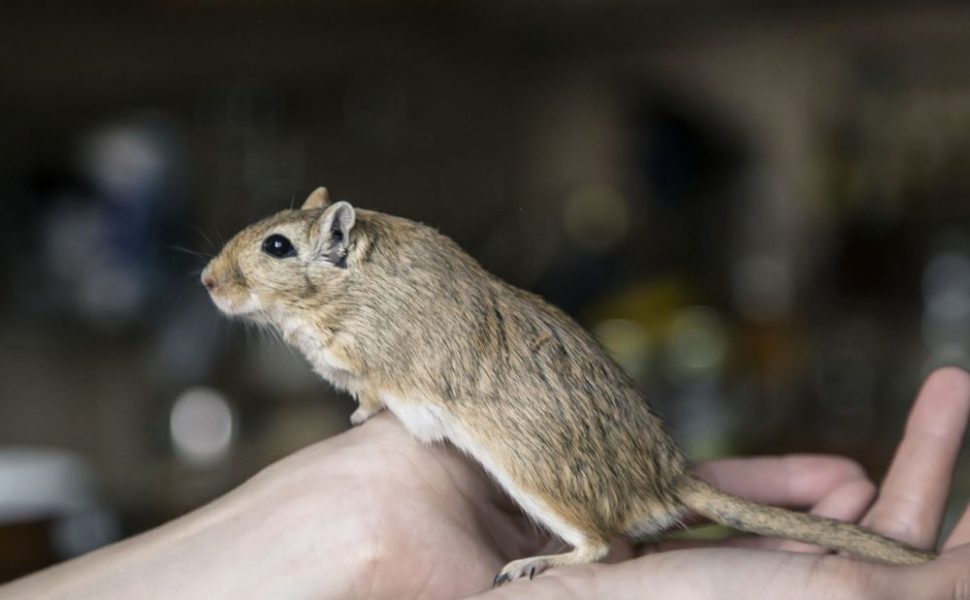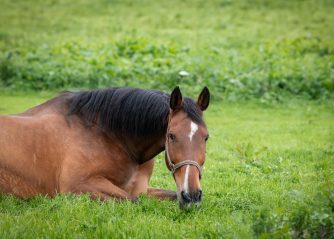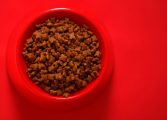Hamster Fat: A Comprehensive Overview

Introduction:
Hamsters are beloved pets known for their cute appearance and playful nature. Alongside their needs for a healthy diet and exercise, providing them with the right type of fat is essential for their overall well-being. In this article, we will provide an in-depth understanding of hamster fat, including its types, popular choices, and the quantitative measurements associated with it. Additionally, we will discuss how different hamster fats differ from one another and explore the historical background of their advantages and disadvantages.
1. What is Hamster Fat?
Hamster fat refers to the lipid content included in a hamster’s diet. It provides energy, insulation, and contributes to various physiological functions. This fat is acquired from different sources, and its composition influences the overall health of hamsters.
2. Types of Hamster Fat:

a) Seed-Based Fats:
– Common types include sunflower seeds, pumpkin seeds, and sesame seeds.
– These fats are rich in unsaturated fatty acids, such as omega-3 and omega-6.
– Their popularity stems from the essential nutrients they provide, supporting the hamster’s cardiovascular health and promoting a healthy coat.
b) Animal-Based Fats:
– Derived from sources like mealworms, crickets, and other insects.
– These fats contain more saturated fatty acids, which can be beneficial for certain hamster species.
– Animal-based fats are a rich source of protein, aiding in the development of muscles and promoting overall growth.
c) Vegetables and Fruits:
– Although not purely fats, these provide some amount of essential fatty acids.
– Examples include avocado, coconut, and flaxseed.
– These fats are beneficial when offered in moderation, contributing to a balanced diet and promoting proper digestion.
3. Quantitative Measurements:
Quantifying hamster fat is crucial to understand the optimal balance required for their diet. It is commonly measured in terms of percentages, typically mentioned in hamster feed or nutrition labels. The ideal fat content should range between 4-10% of their overall diet, depending on the hamster’s species, age, and activity level.
4. Differences Among Hamster Fats:
a) Nutritional Composition:
– Seed-based fats are typically rich in unsaturated fatty acids, while animal-based fats contain more saturated fats.
– The ratio of these fatty acids can significantly affect a hamster’s metabolism, cardiovascular health, and body weight maintenance.
b) Taste Preference:
– Hamsters may have preferences when it comes to fat sources.
– Some species are more inclined towards seed-based fats due to their taste, texture, or specific nutrient requirements.
– Individual hamsters might display different taste preferences, emphasizing the importance of offering variety in their diet.
5. Historical Perspectives:
a) Advantages:
– Historically, seed-based fats have been popular due to their abundance of essential fatty acids.
– These fats support a healthy coat, improve skin condition, and boost the immune system.
– Animal-based fats have also been beneficial in terms of muscle development and growth for specific hamster species.
b) Disadvantages:
– Excessive seed-based fats can lead to obesity, as they are high in calories.
– Animal-based fats may not be suitable for all hamster species, especially those with specific dietary requirements or health conditions.
Conclusion:
Understanding the importance of hamster fat and its different types is essential for providing a well-balanced diet for our furry friends. By considering the nutritional composition, taste preferences, and historical perspectives associated with various fats, we can ensure the overall health and longevity of hamsters. Remember to consult with a veterinarian regarding the appropriate fat content and sources for your specific hamster breed, and always prioritize a high-quality diet to keep your pet happy and healthy.
References:
– Insert references here.
















































